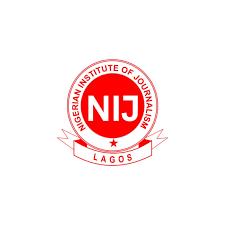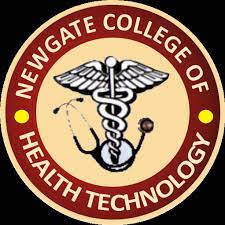Agric Keypoints: Farm machinery and implements; Agriculture has been the backbone of human civilization for thousands of years, and technological advancements have revolutionized the way we cultivate crops and raise livestock.
Study other Agric keypoints here for JAMB, WAEC, IJMB
Farm machinery and implements play a pivotal role in modern agriculture, enhancing efficiency, productivity, and sustainability. In this article, we will delve into the various types of farm machinery and implements, their uses, and the crucial aspect of maintenance.
Agric Keypoints: Farm machinery and implements
Additionally, we will provide ten thought-provoking questions for students to deepen their understanding of this essential topic.
Types of Farm Machinery and Implements
I. Machinery:
a. Tractors: Tractors are the workhorses of modern farming, used for tasks such as plowing, planting, cultivating, and hauling. They come in various sizes and power capabilities, making them versatile for different farm operations.
b. Milking Machines: In dairy farming, milking machines automate the milking process, increasing efficiency and hygiene. They can milk multiple cows simultaneously, reducing labor requirements.
c. Combine Harvesters: Combine harvesters are used for harvesting grains such as wheat, rice, and corn. They can perform multiple functions in a single pass, including cutting, threshing, and separating grains from the chaff.
d. Seeders and Planters: These machines facilitate the precise planting of seeds, ensuring uniform crop spacing and optimal growth conditions.
e. Irrigation Systems: Automated irrigation systems, including drip and sprinkler systems, efficiently distribute water to crops, minimizing water wastage.
f. Harvesting Equipment: Various machines are employed for crop harvesting, such as potato harvesters, sugarcane harvesters, and cotton pickers.
II. Implements:
a. Plows: Plows are essential for breaking up and turning over soil, preparing it for planting.
b. Disc Harrows: Disc harrows are used for soil cultivation and weed control, breaking up clods of soil and incorporating crop residues.
c. Cultivators: Cultivators are used to remove weeds and loosen soil around growing plants.
d. Hay Balers: These machines gather and compress hay into manageable bales for storage and transportation.
e. Fertilizer Spreaders: Fertilizer spreaders ensure even distribution of fertilizers, enhancing crop nutrition.
f. Pesticide Sprayers: Sprayers are used to apply pesticides and herbicides evenly over crops to control pests and weeds.
Uses and Maintenance of Farm Machinery and Implements
I. Identify Common Farm Machinery and Implements:
Farmers need to identify and understand the various machines and implements available to choose the right ones for their specific farming needs.
II. Classify Farm Machinery According to Their Uses:
Understanding the purpose of each machine is crucial for efficient farming. For instance, tractors can serve multiple functions, while specialized equipment like milking machines have specific roles.
III. Apply Appropriate Maintenance Routines on Farm Machines and Implements:
Proper maintenance is essential to prolong the lifespan of machinery and ensure they operate optimally. Regular cleaning, lubrication, and inspections are key components of maintenance.
IV. Operate Farm Machines and Implements:
Farmers and farmworkers should be trained in the safe and efficient operation of these machines to prevent accidents and maximize productivity.
Study other Agric keypoints here for JAMB, WAEC, IJMB
Questions for Students:
- Why are tractors considered one of the most versatile farm machinery?
- How do milking machines contribute to the efficiency and hygiene of dairy farming?
- Explain the difference between plows and disc harrows in soil preparation.
- Why is it essential to classify farm machinery based on their specific uses?
- What are the key maintenance routines for ensuring the longevity of farm machinery?
- Describe the functions of combine harvesters during grain harvesting.
- How do automated irrigation systems improve water management in agriculture?
- What safety precautions should be taken when operating farm machinery?
- Give examples of specialized harvesting equipment and their respective crops.
- Why is the proper application of pesticides and herbicides important for crop management and environmental sustainability?
Conclusion
Farm machinery and implements are the driving force behind modern agriculture, enabling farmers to meet the growing demands for food production. Understanding the types, uses, and maintenance of these tools is essential for sustainable and efficient farming practices. By addressing these aspects and answering the provided questions, students can gain a comprehensive understanding of this vital topic in agriculture.












